PsychNewsDaily Publishers
100 Summit Drive
Burlington, MA, 01803
Telephone: (320) 349-2484
PsychNewsDaily Publishers
100 Summit Drive
Burlington, MA, 01803
Telephone: (320) 349-2484
Pairing wine with food requires careful consideration, as certain combinations can overwhelm flavors and spoil the tasting experience, leading to unpleasant interactions.
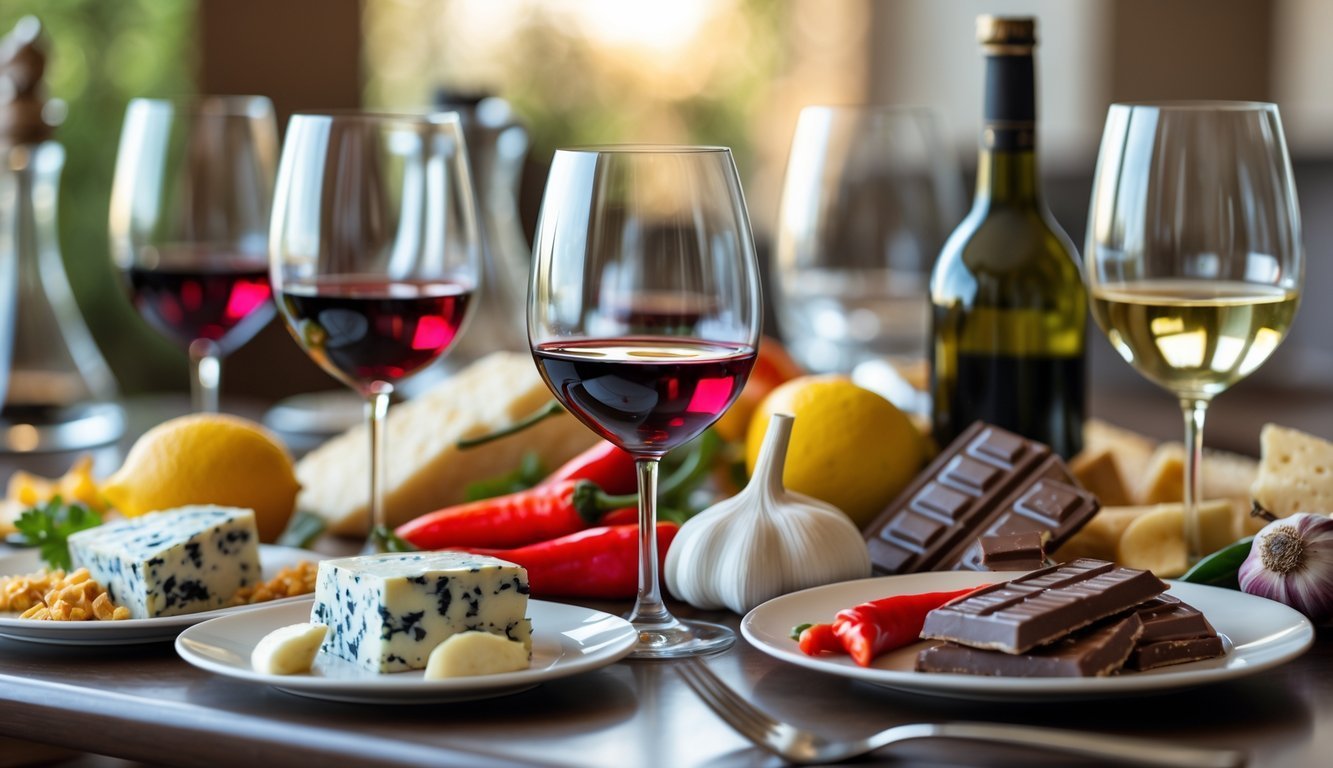
Pairing wine with food sounds like a blast, right? But honestly, some combos just ruin a perfectly good glass.
Figuring out what not to pair is as important as finding the right match.
Choosing the right food can help you taste wine the way it’s meant to be enjoyed. Here are 10 food pairings that can mess up your wine, so you’ll know what to skip next time.
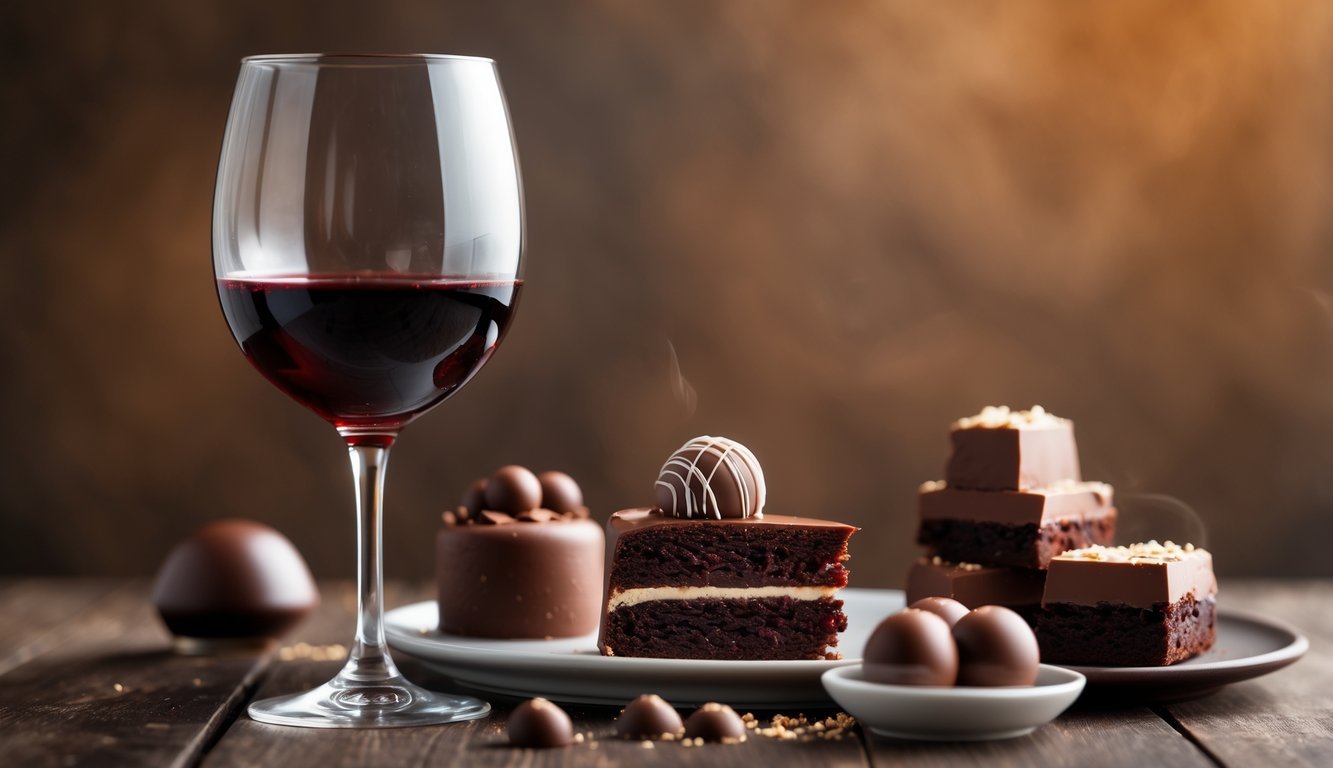
Red wine and chocolate desserts? Sounds romantic, but it’s actually a tough match.
Dark chocolate and bold reds like Cabernet Sauvignon both bring strong flavors. Put them together, and they just overwhelm each other.
If you try this, you’ll probably notice the chocolate’s bitterness makes the wine taste rough. Lighter reds, like Pinot Noir, sometimes do okay with creamy desserts, but rich chocolate can still overpower them.
It’s tempting to think red wine works with all chocolate, but nope. Matching the sweetness and intensity is key—otherwise, the flavors just fight.
Want to enjoy wine and chocolate? Try Merlot with milk chocolate and see if that works for you.
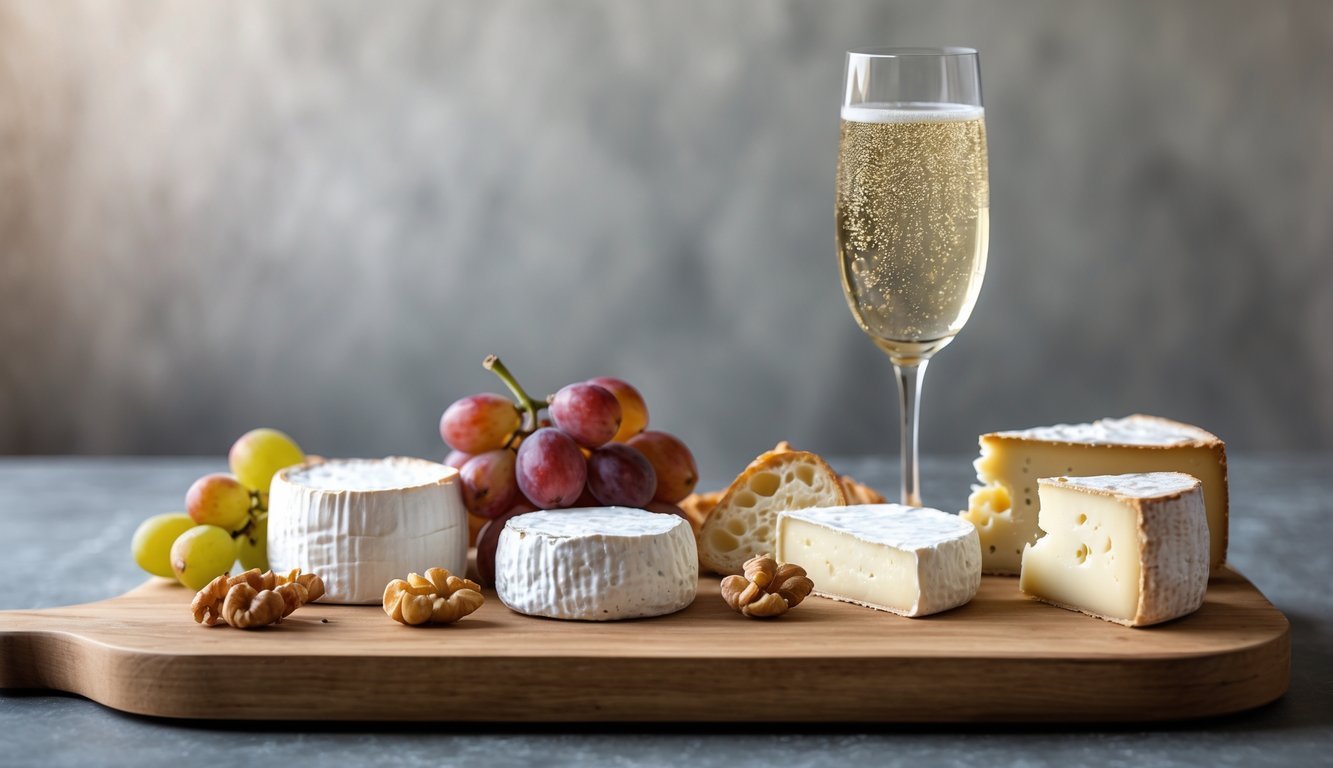
Creamy cheeses and Champagne look like a dream team, but the reality can be disappointing.
Champagne’s acidity usually cuts through rich cheese, but super-soft, triple-cream cheeses can smother the bubbles and fresh flavors.
If your cheese is too rich, you might notice Champagne feels flat or heavy. The wine can lose its sparkle and seem a little dull.
To keep Champagne lively, save those creamy cheeses for bolder sparkling wines. Otherwise, you risk losing what makes Champagne special in the first place.
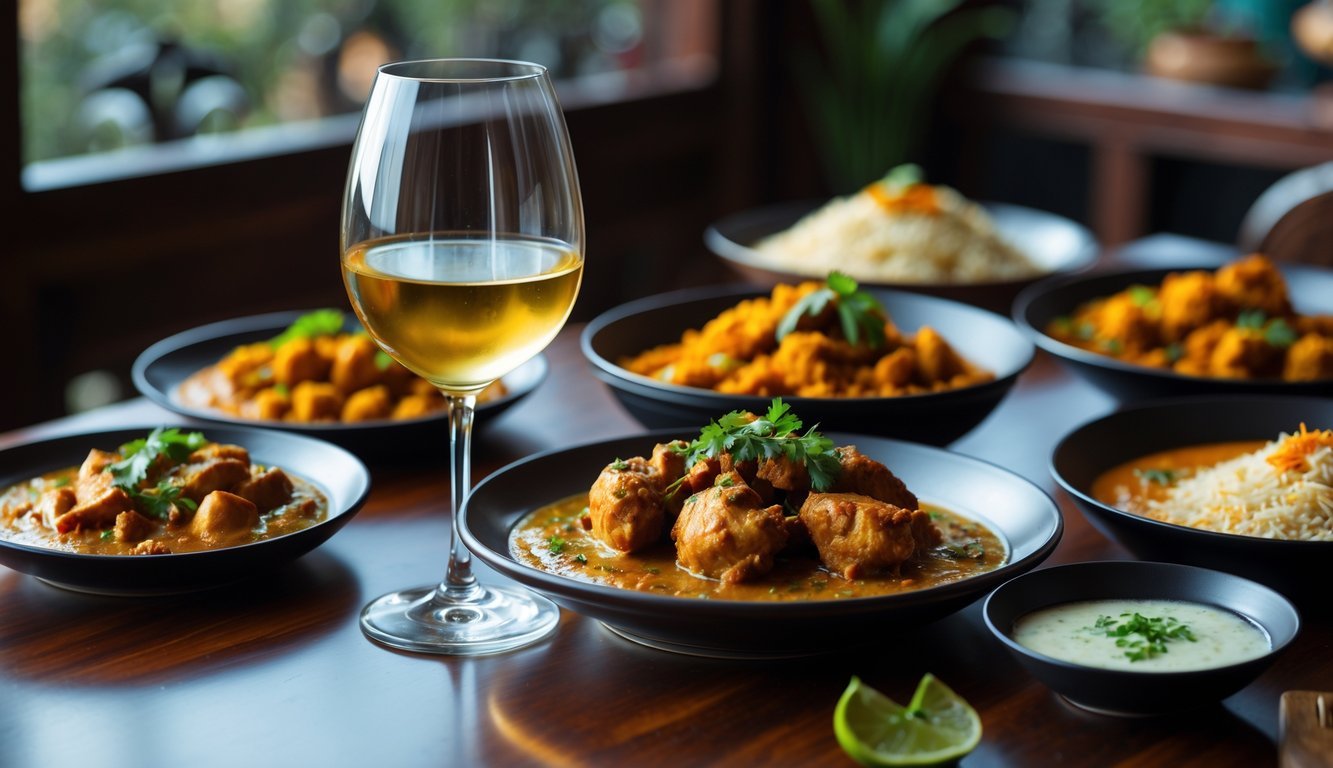
People often say sweet wine cools down spicy Indian food, but honestly, it doesn’t always work that way.
The sugar in the wine can clash with all the spices, making the flavors feel weird or even sharper. Sometimes, the wine’s sweetness just makes the heat seem stronger.
If you want to pair wine with spicy food, go for something lightly sweet or off-dry, with low alcohol and low tannins. That way, the wine won’t overpower the spices or make the food taste off.
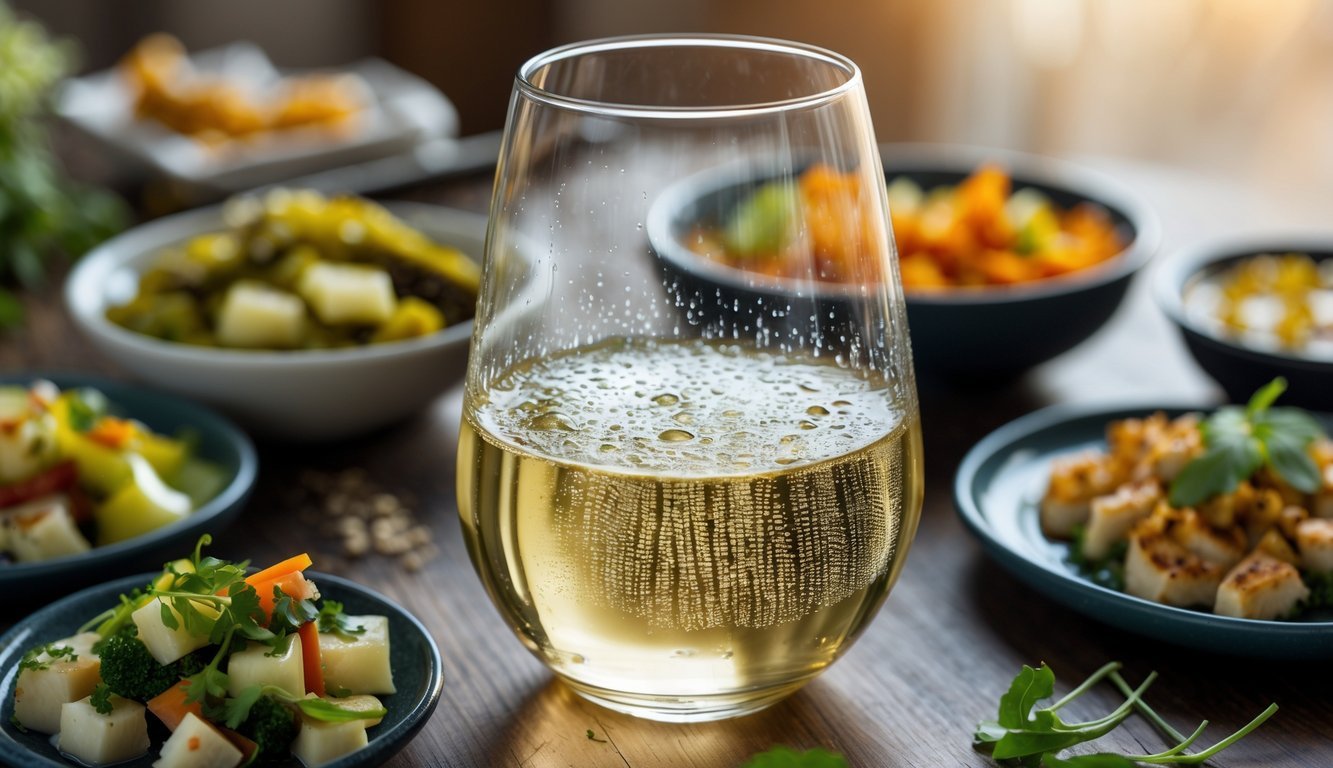
Pairing a high-acid white wine, like Sauvignon Blanc, with a vinegar-heavy dish is usually a recipe for disaster.
Vinegar’s sharpness can totally overpower the wine’s acidity, leaving both the food and the wine tasting harsh or sour.
Salads with strong vinaigrettes or pickled foods do better with wines that have lower acidity. Otherwise, you’ll lose the wine’s delicate fruitiness.
Try pairing high-acid whites with foods that mellow out acidity, like creamy cheeses or simple seafood. That way, your wine keeps its freshness.
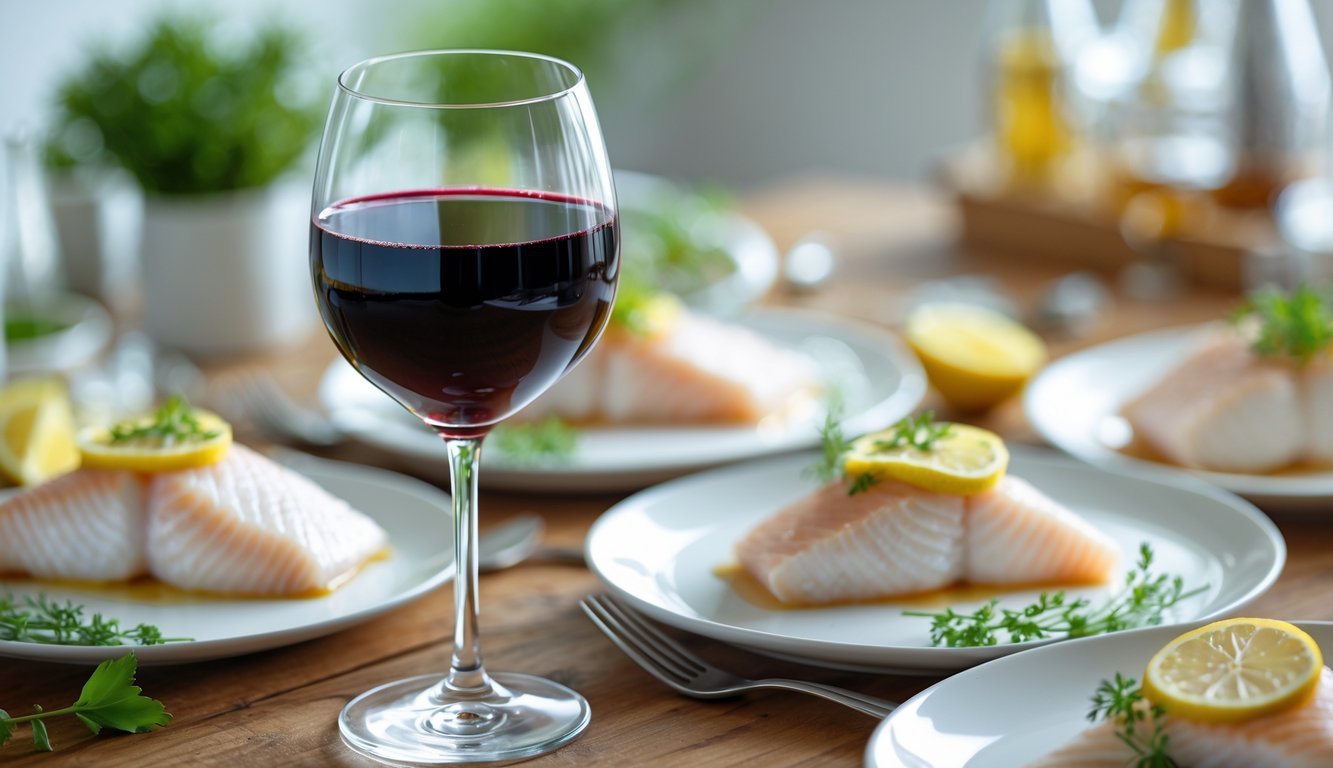
Full-bodied red wine and delicate fish? Usually, that’s a hard no.
Big reds with strong flavors and lots of tannins just drown out the mild taste of fish like sole or flounder.
You might even notice the wine turns bitter or metallic when you try this combo. It’s not pleasant.
If you want to drink red with fish, reach for a lighter option like Pinot Noir. That way, both the wine and the fish actually taste good.
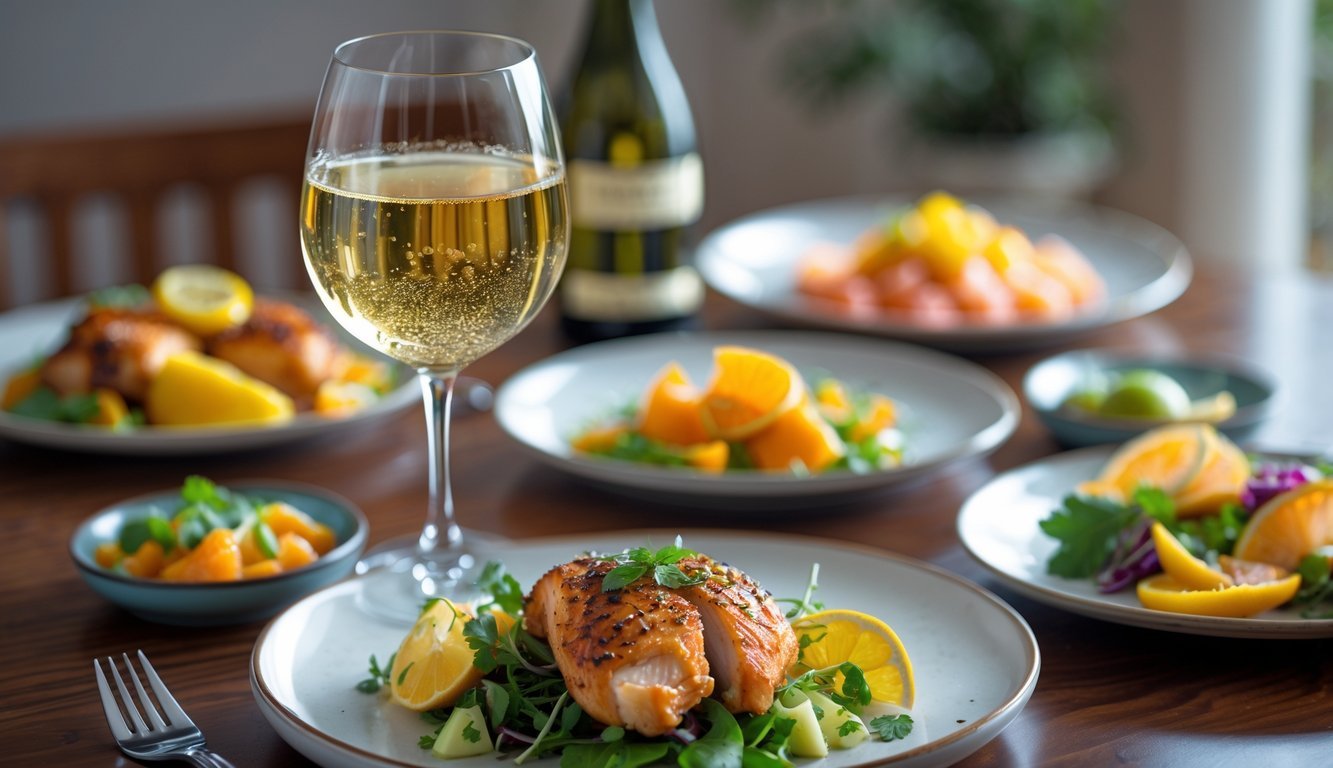
Oaked Chardonnay and citrusy dishes just don’t play nicely together.
The wine’s rich, buttery flavors can take over, while the citrus makes everything feel a bit off.
If you try this, you’ll probably lose the wine’s vanilla and toast notes. Citrus can make oaked Chardonnay feel oddly heavy or even bitter.
Instead, pair oaked Chardonnay with creamy or buttery foods. Save the lemony stuff for lighter, unoaked Chardonnays—trust me, it just works better.
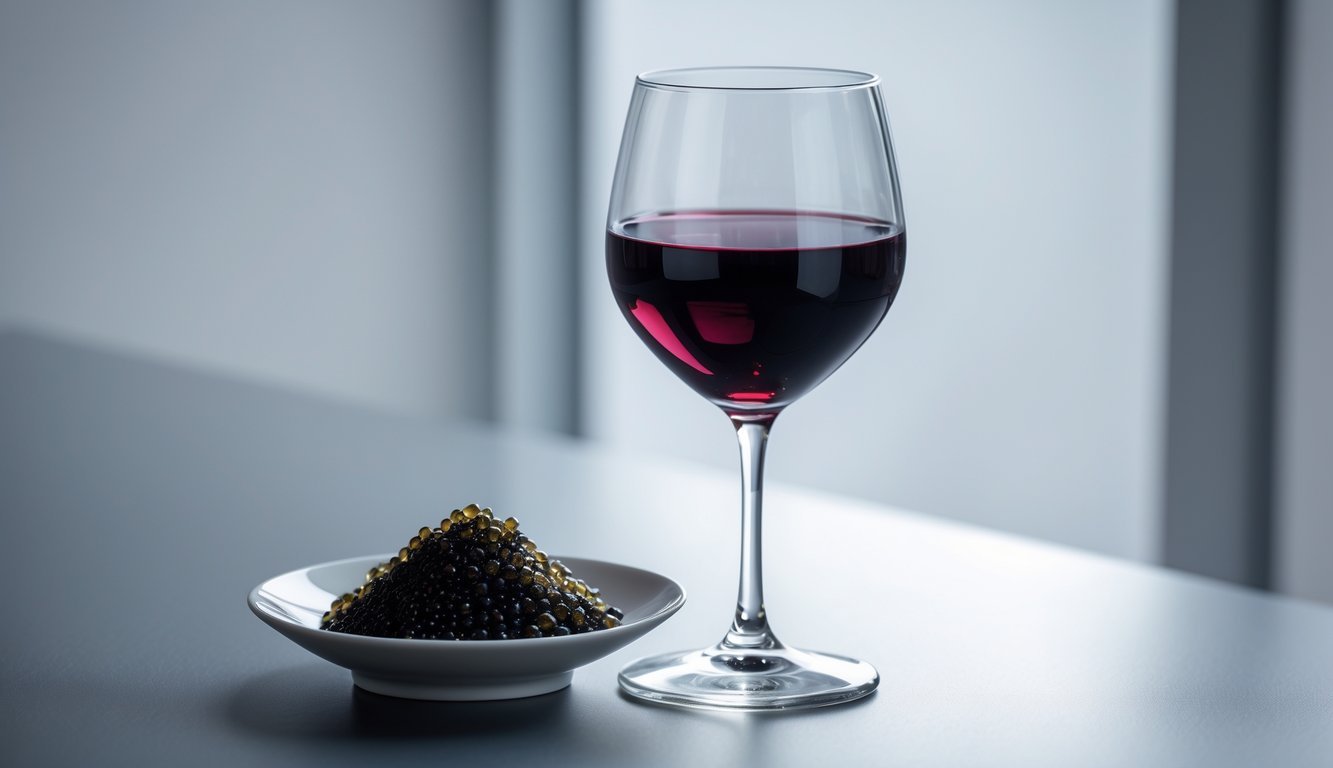
Dry red wine and salty caviar? Honestly, not a great idea.
The salt in caviar can make red wine taste even more bitter and harsh. It just overpowers the wine and leaves a weird aftertaste.
If you want a good match, try something sweeter like Moscato or Riesling. Their fruitiness softens caviar’s salty punch.
A light, sparkling wine can also help cleanse your palate. If you really want to drink dry red wine, maybe wait until after the caviar.
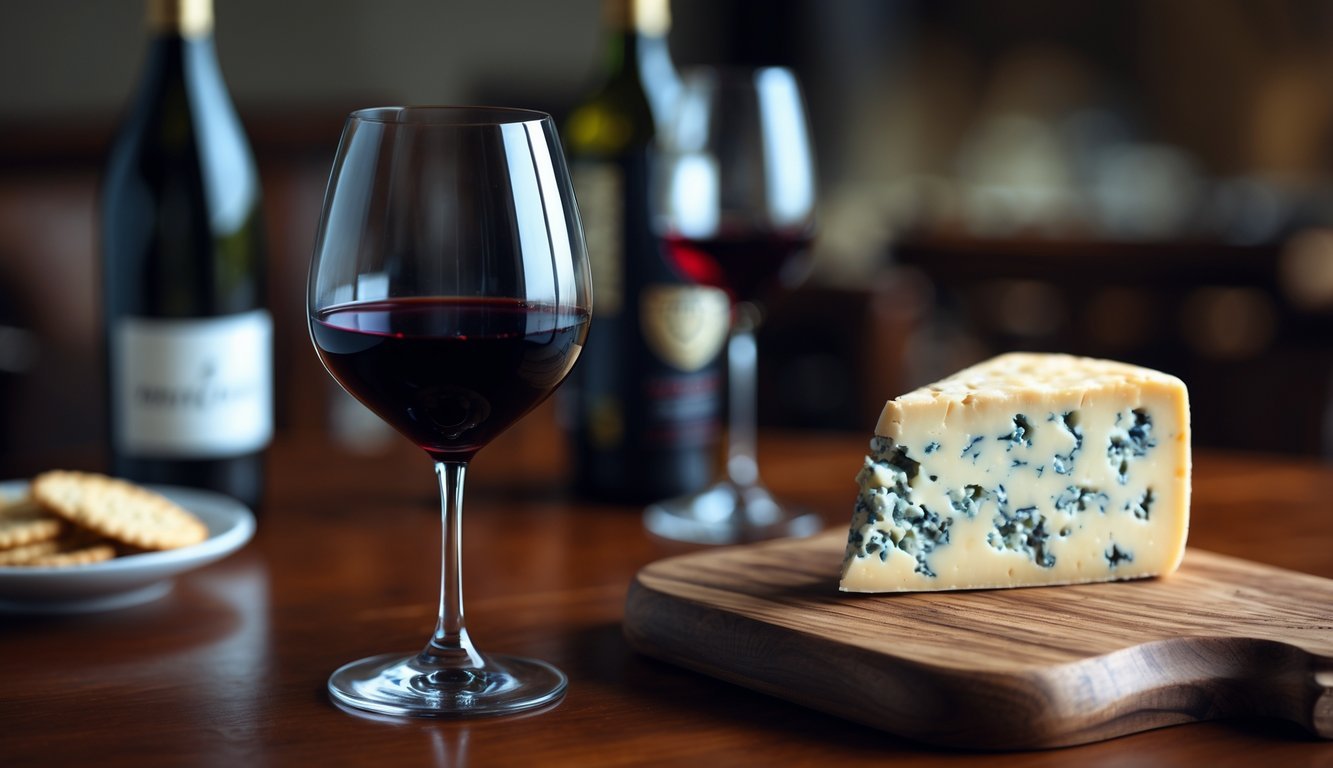
Pinot Noir and blue cheese might sound fancy, but strong blue cheese just bulldozes right over Pinot’s delicate flavors.
That subtle, fruity taste in Pinot Noir disappears when you put it up against sharp blue cheese. The salt and funk in the cheese clash with the wine’s soft notes.
If you want a better pairing, stick with milder, creamier cheeses. You’ll actually taste the wine that way.
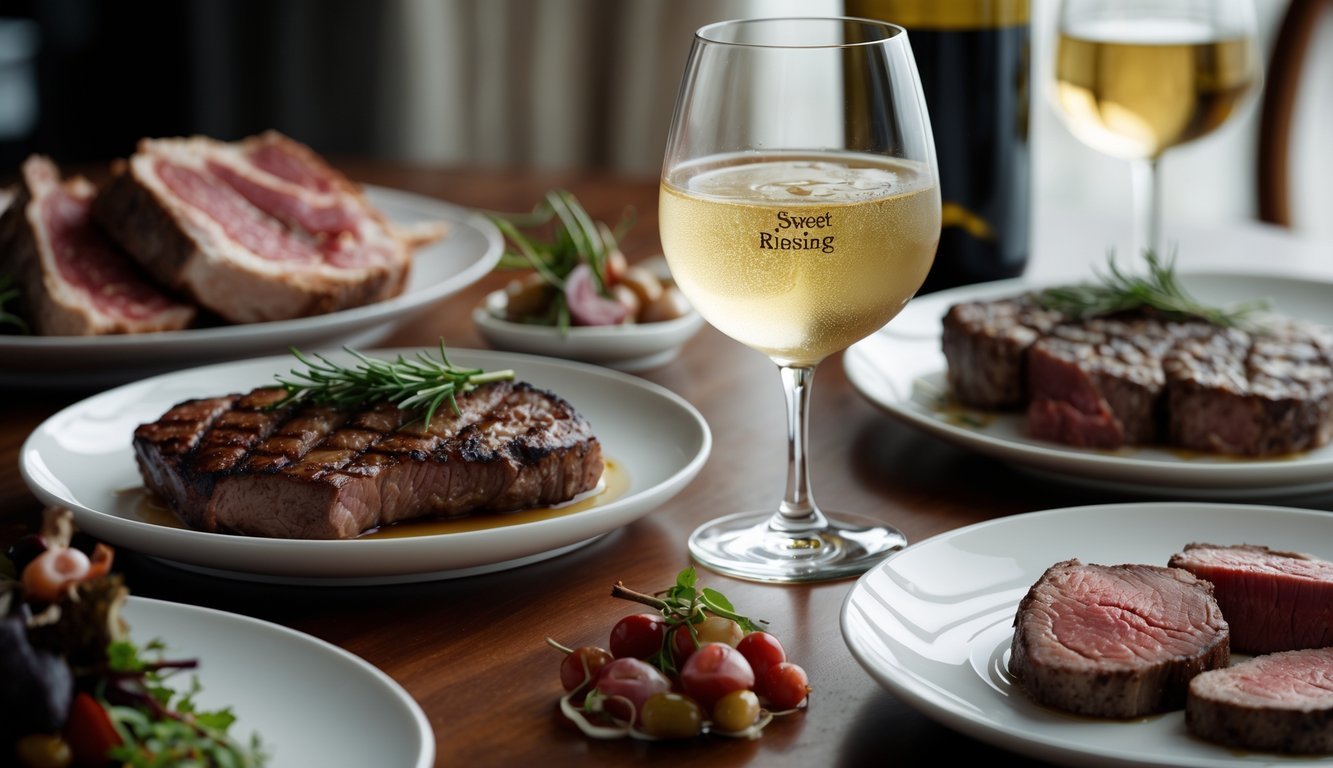
Sweet Riesling and rich red meats? It’s not the best match.
The wine’s sweetness can make steak or lamb taste weirdly bitter or metallic. Those meats need a wine with more body and tannins to balance things out.
Sweet Riesling just gets lost. If you want to try Riesling, pick a dry or off-dry style—the acidity will cut through the richness and actually complement the meat.
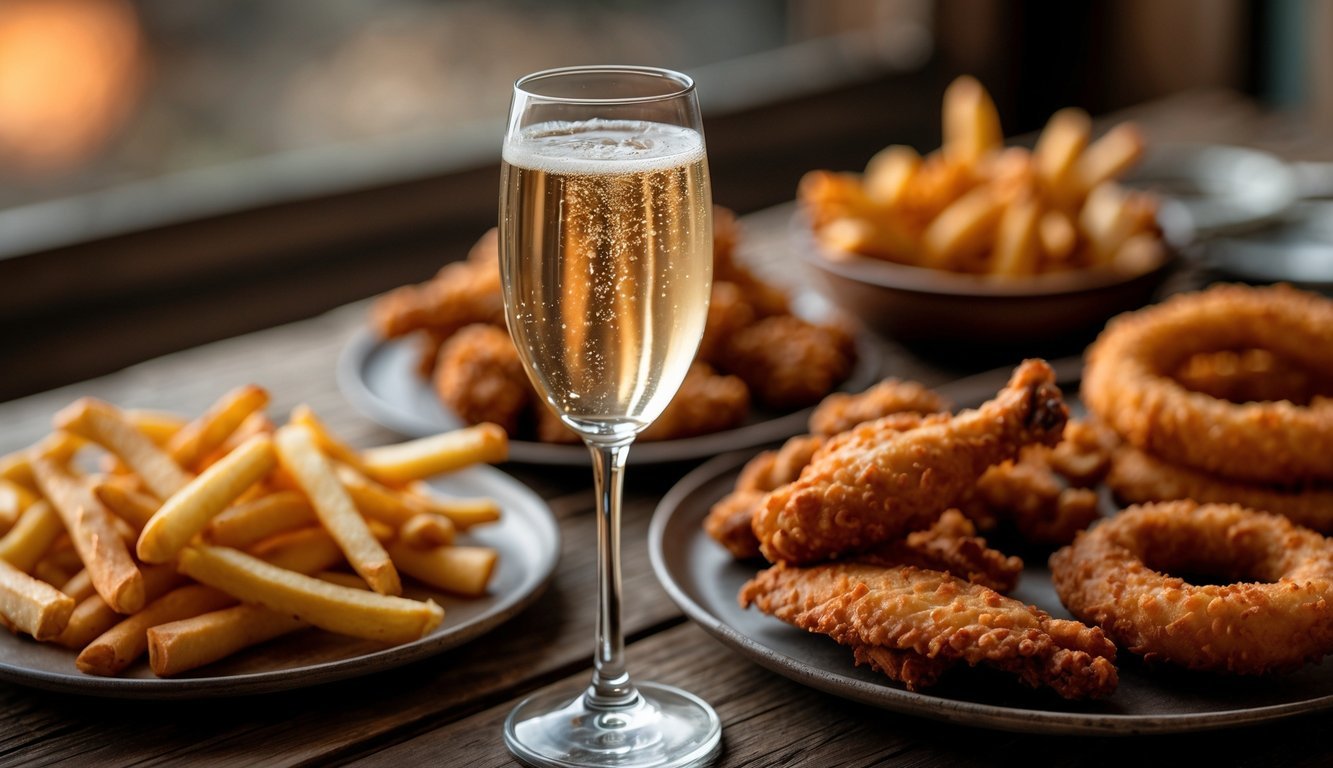
Sparkling wine and fried foods seem like they’d be fun together, but sometimes the combo just falls flat.
Greasy, heavy batter can smother the delicate flavors in bubbly wine. You might notice the wine tastes flat or even a little dull.
The acidity in sparkling wine can also clash with super salty or spicy fried dishes, making the wine seem harsher. If you do want to try it, pick a dry sparkling wine with less sweetness.
Simple fried foods like plain fries or chips work better than heavy, spicy fried dishes. Otherwise, you might not get the best out of your wine or your food.
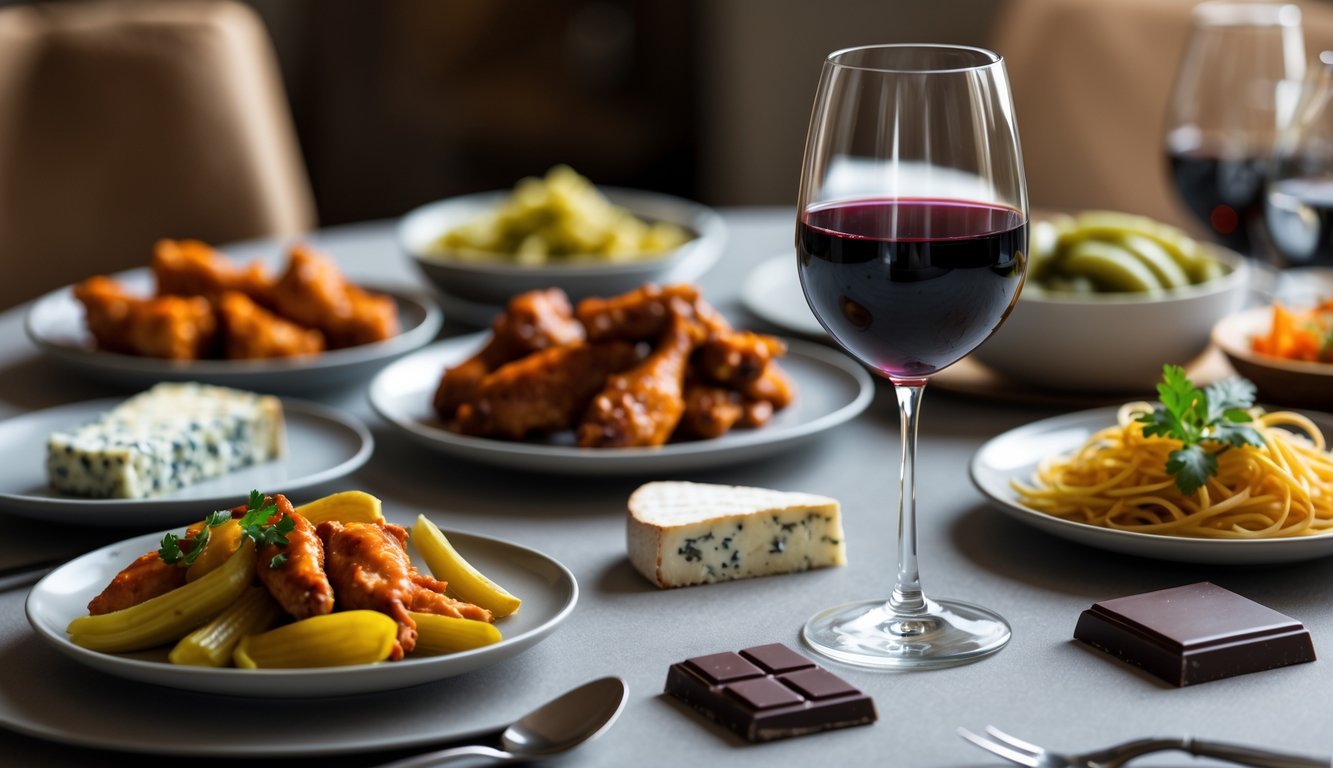
Food can totally change how wine tastes. Some flavors just don’t mix and can make wine seem dull, bitter, or even weirdly metallic.
Knowing what causes these flavor clashes helps you avoid ruining your wine.
When you eat and drink together, flavors mix on your tongue. Acidic foods can make wine taste too sharp or flat. Bitter foods can make wine seem even more bitter.
Sweet foods with dry wines? That can lead to some odd, unpleasant tastes.
Sauces and spices have a big impact, sometimes even more than the main protein. A rich sauce can drown out delicate wines, and herbs might create unexpected flavor conflicts.
The trick is to balance intensity—bold food with bold wine, and subtle food with subtle wine.
Some foods are notorious for ruining wine. Watch out for these:
These common pitfalls can turn a good wine into a pretty bad experience.
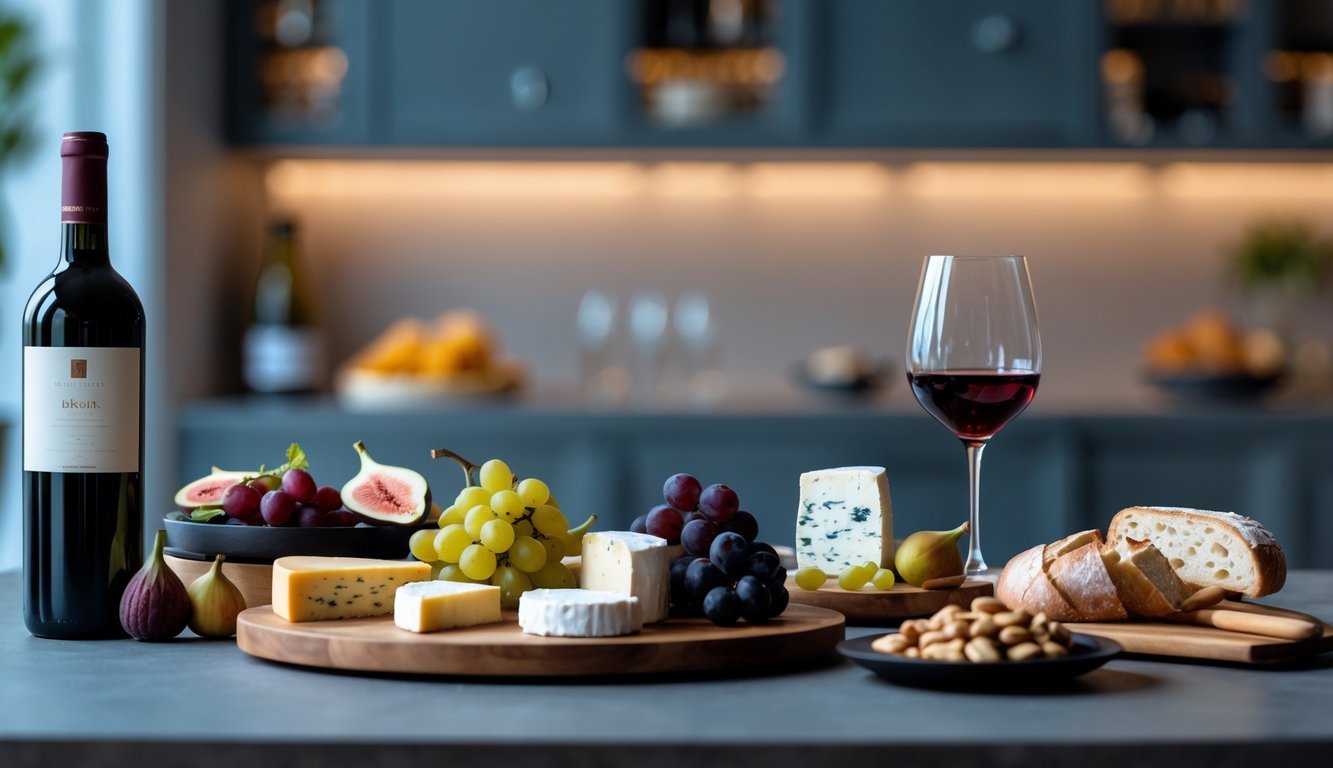
When you pair food and wine, pay attention to sweetness and acidity. Keeping those in check makes everything taste better.
Matching flavors that actually get along will make your meal way more enjoyable.
Try not to pair sweet foods with dry wines. The sweetness in your food can make a dry wine taste sour or even bitter.
If you’re eating something sweet, reach for a wine with a bit of sweetness too—think Riesling or Moscato.
Acidic foods like salad with vinaigrette or tomatoes go better with wines that have fresh acidity, like Sauvignon Blanc.
Balancing sweetness and acidity really comes down to noticing how these tastes interact. When they match up, nothing overpowers anything else, and your food and wine both taste awesome.
Look for flavors in both the food and the wine that play well together. If you’re serving smoked or rich meats, grab a bold wine like Malbec or an oak-aged Chardonnay—these can really bring out the best in both.
Try pairing light foods, like seafood, with lighter wines such as Pinot Grigio or even Champagne. That way, you can highlight those delicate flavors without letting either the food or the wine steal the show.
If you want a quick way to match flavors, here’s a simple list:
Pick wines that echo the food’s taste notes. That’s how you get a meal where everything just clicks, and honestly, it makes the whole experience a lot more enjoyable.